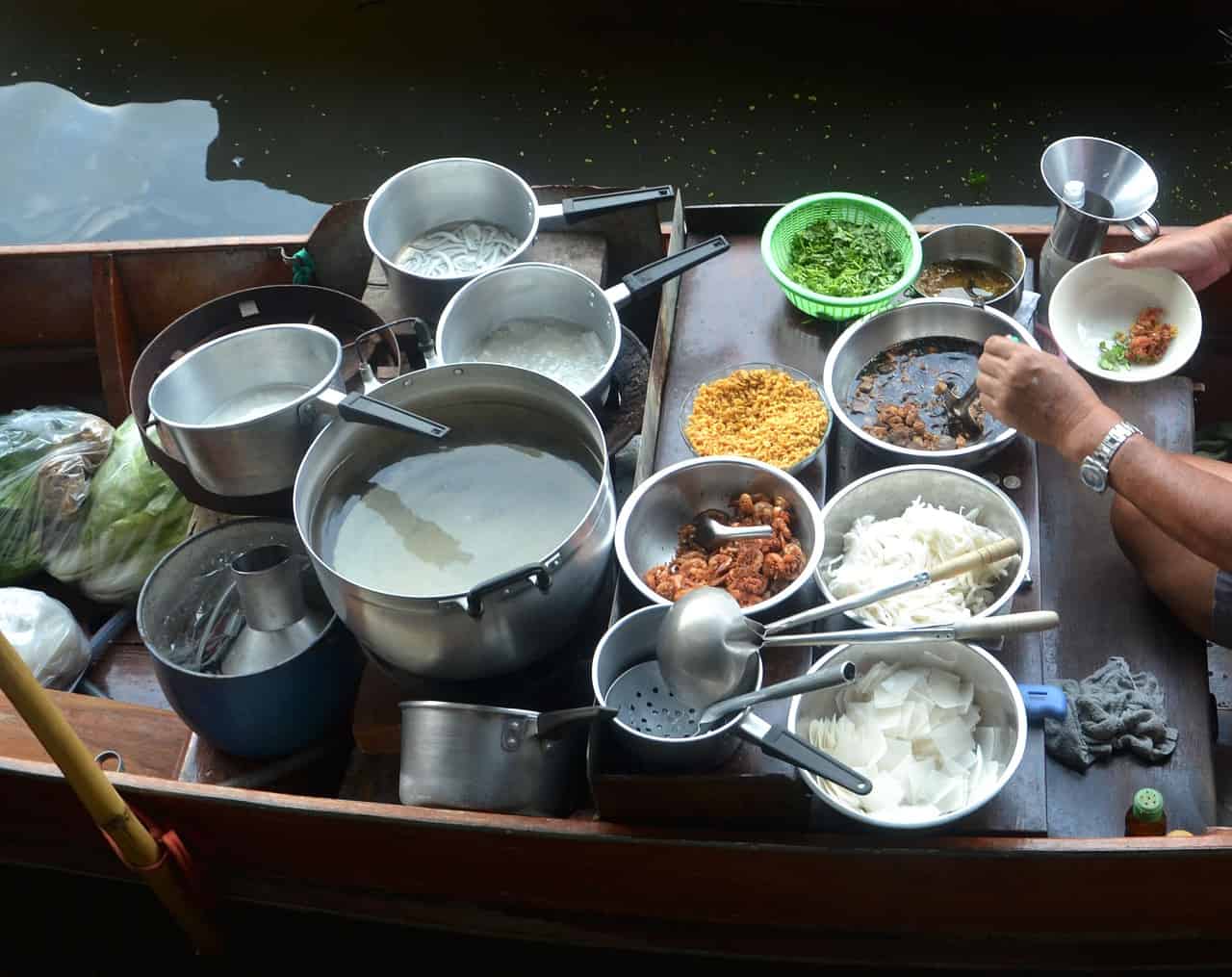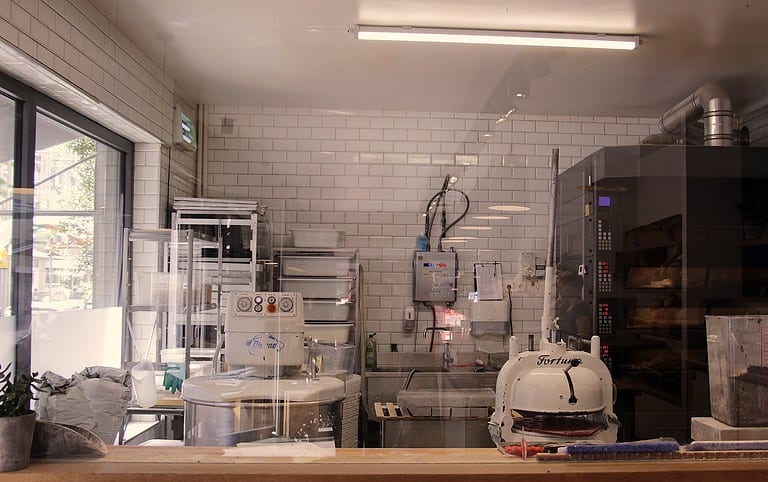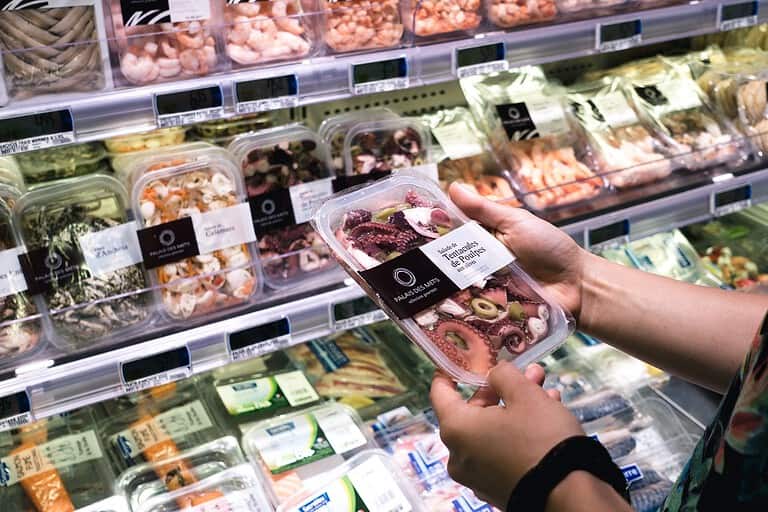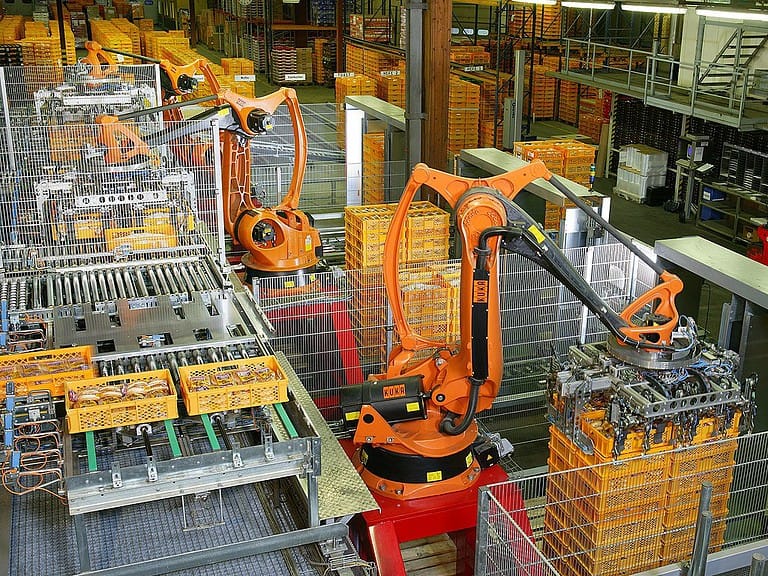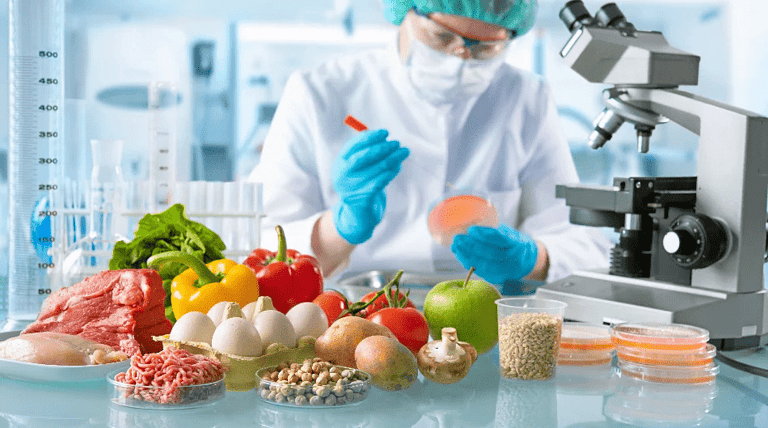Food Handling and Storage: Best Practices for Keeping Your Food Safe and Fresh
Proper food handling and storage are essential to ensure the safety and quality of the food we consume. Foodborne illnesses can be caused by consuming contaminated food, which can lead to serious health consequences. Therefore, it is important to follow safe food handling practices to prevent foodborne illnesses.
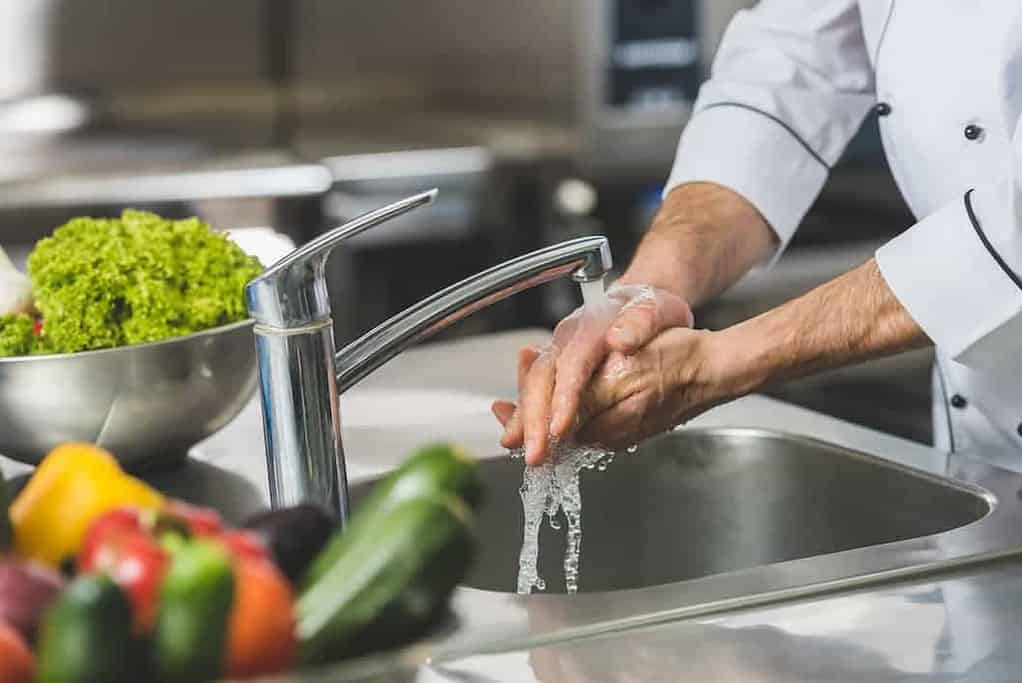
Safe food handling includes following proper hygiene practices, cooking food at appropriate temperatures, storing food at the correct temperature, and preventing cross-contamination. Food handlers should receive training on these practices to ensure that they are aware of the risks and how to minimize them. Additionally, it is important to properly store food to prevent spoilage and ensure that it remains safe to consume.
By following safe food handling and storage practices, we can reduce the risk of foodborne illnesses and ensure that the food we consume is safe and of high quality. This article will provide an overview of safe food handling and storage practices, including tips on how to properly handle and store food to prevent contamination and spoilage.
Importance of Proper Food Handling and Storage
Proper food handling and storage are essential components of maintaining food quality and preventing foodborne illnesses. When food is not handled and stored correctly, it can become contaminated with harmful bacteria, viruses and parasites that can cause illness in those who consume it. In addition to the risk of illness, improper food handling and storage can also lead to food spoilage, resulting in wasted food and lost money.
Preventing Foodborne Illnesses
One of the primary reasons for proper food handling and storage is to prevent foodborne illnesses. Foodborne illnesses are caused by consuming food that has been contaminated with harmful bacteria, viruses or parasites. Symptoms of foodborne illness can range from mild to severe and can include nausea, vomiting, diarrhea, stomach cramps and fever. In severe cases, foodborne illnesses can even lead to hospitalization or death.
By following proper food handling and storage practices, you can help prevent the spread of harmful bacteria and other contaminants. This includes washing your hands before and after handling food, cooking food to the appropriate temperature, and storing food at the correct temperature to prevent the growth of harmful bacteria.
Maintaining Food Quality
Proper food handling and storage are also important for maintaining food quality. When food is not handled and stored correctly, it can spoil, resulting in a loss of flavor, texture and nutritional value. This can be especially problematic for perishable foods, such as fruits, vegetables and meats, which can spoil quickly if not stored properly.
By following proper food handling and storage practices, you can help maintain the quality of your food. This includes storing food in airtight containers to prevent exposure to air and moisture, storing perishable foods in the refrigerator or freezer, and using food within the recommended time frame.
Complying with Regulations
Proper food handling and storage are also important for complying with regulations. Food safety regulations are in place to protect consumers from the risk of foodborne illness and to ensure that food is safe and of high quality. Failure to comply with these regulations can result in fines, legal action and damage to your reputation.
By following proper food handling and storage practices, you can ensure that you are complying with food safety regulations. This includes keeping accurate records of food storage temperatures, properly labeling food and following all applicable food safety guidelines.
Food Safety Principles
Cleaning and Sanitizing
One of the most important principles of food safety is keeping everything clean and sanitized. This includes not only kitchen surfaces and utensils, but also your hands. Always wash your hands thoroughly with soap and warm water before and after handling food. Use hot, soapy water to clean all cutting boards, utensils and countertops after each use. Sanitize them with a solution of one tablespoon of unscented, liquid chlorine bleach per gallon of water. Allow the solution to sit on surfaces for at least one minute before rinsing with clean water.
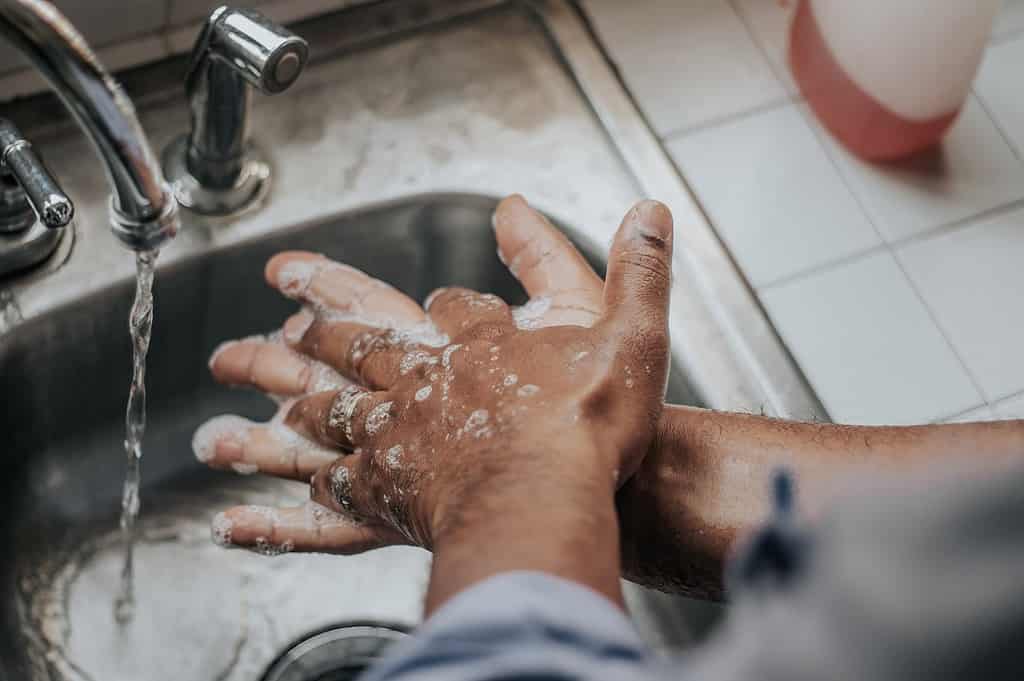
Temperature Control
Food must be kept at the right temperature to prevent the growth of harmful bacteria. Keep hot foods hot, at or above 140°F (60°C), and cold foods cold, at or below 40°F (4°C). Use a food thermometer to check the temperature of cooked foods, and make sure to reheat leftovers to at least 165°F (74°C) before eating. When transporting food, use insulated containers or coolers with ice packs to keep it at a safe temperature.
Cross-Contamination Prevention
Cross-contamination occurs when bacteria from one food item are transferred to another food item. This can happen when using the same cutting board or utensils for raw meat and then using them without cleaning them properly for other foods. To prevent cross-contamination, use separate cutting boards and utensils for raw meat, poultry and seafood, and wash them thoroughly with hot, soapy water before using them again. Also, make sure to store raw meat, poultry and seafood on the bottom shelf of the refrigerator to prevent any juices from dripping onto other foods.
Proper Storage Techniques
Proper storage techniques are essential to keeping food safe. Store perishable foods, such as meat, poultry and dairy products, in the refrigerator at or below 40°F (4°C). Use airtight containers or wrap food tightly in plastic wrap or aluminum foil to prevent air and moisture from getting in. Freeze foods that you won’t be using within a few days. When thawing frozen food, do so in the refrigerator, under cold running water, or in the microwave. Never thaw food at room temperature.
Best Practices for Food Handling and Storage
Receiving and Inspecting Food
When receiving food, it’s important to inspect it for quality and safety. Here are some best practices to follow:
- Check the temperature of the food upon arrival to ensure it’s within the safe temperature range.
- Inspect the packaging for any signs of damage or tampering.
- Check the expiration date to ensure the food is still fresh and safe to consume.
- Separate raw and cooked foods to prevent cross-contamination.

Preparing Food
Proper preparation of food is crucial to prevent foodborne illnesses. Here are some best practices to follow:
- Wash hands thoroughly with soap and warm water before handling food.
- Use separate cutting boards and utensils for raw and cooked foods to prevent cross-contamination.
- Cook food to the appropriate temperature to kill harmful bacteria.
- Refrigerate perishable food within 2 hours of preparation to prevent bacterial growth.
Storing Food
Storing food properly can help prevent spoilage and contamination. Here are some best practices to follow:
- Store food in airtight containers to prevent moisture and air from spoiling it.
- Keep raw meat, poultry, and seafood separate from other foods to prevent cross-contamination.
- Store food at the appropriate temperature to prevent bacterial growth.
- Regularly check the temperature of your refrigerator and freezer to ensure they are functioning properly.
Transporting Food
Transporting food safely is important to prevent contamination and spoilage. Here are some best practices to follow:
- Use insulated containers to keep hot food hot and cold food cold during transport.
- Securely seal containers to prevent spills and contamination.
- Transport raw and cooked foods separately to prevent cross-contamination.
- Transport food promptly to prevent spoilage.
Conclusion
Ensuring safe food handling and storage practices is crucial to prevent foodborne illnesses and promote public health. From the moment food is produced until it reaches the consumer’s plate, everyone involved in the food supply chain has a responsibility to handle and store food safely.
Food safety is a collective effort that involves food producers, processors, transporters, suppliers, preparers, retailers and handlers, as well as officials at the local, state and federal levels, and consumers who select and prepare food. Everyone has a role to play in preventing foodborne illnesses and ensuring that the food we eat is safe and healthy.
Some of the key safe food handling and storage practices include:
- Washing hands and surfaces often
- Separating raw and cooked foods
- Cooking food to the appropriate temperature
- Storing food at the correct temperature
- Using safe water and raw materials
- Keeping food containers and utensils clean
By following these practices, we can reduce the risk of foodborne illnesses and ensure that the food we eat is of high quality and safe to consume.
It’s important to remember that food safety is an ongoing process that requires continuous attention and improvement. As new technologies and practices emerge, we must continue to adapt and improve our food safety systems to ensure that we are providing safe and healthy food to the public.

